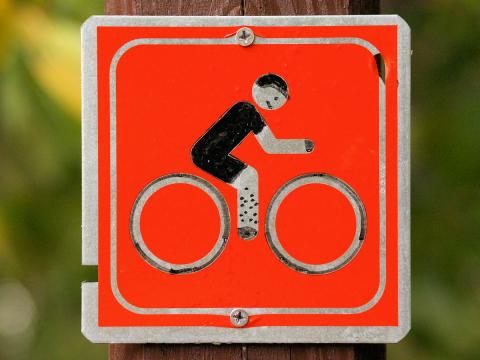
All animals frequently move. They run, they climb, and they swim. Movement is part of their lives.
Humans used to be the same way. Before the advent of agriculture, humans were nomads, or more specifically, hunters and gatherers.
They walked many miles each day foraging for food, which was prepared through a laborious process. Shelters were built with their own hands. Clothing was made with their own hands. Humans were constantly moving and doing things for themselves.
Complete self-reliance existed at that time. If one wanted to survive, many skills were necessary. And, physical strength was mandatory to meet one’s needs.
Once agriculture became the norm, and humans settled into towns and villages, a mutual interdependence began. From this interdependence arose a collective form of living. At first, townspeople traded goods among themselves. This bartering was the precursor to modern commerce.
It wasn’t long before bartering turned into commerce and people began to rely upon one another for things they didn’t want to have to do for themselves. Reliance on a group reduced the number of things each citizen had to do for him or herself. Movement in this direction freed up time.
Although there were many benefits to living in a fixed settlement, doing so took us down a path where our lives became progressively easier — at least with respect to physical labor. With each societal or technical advance, we found ourselves more at ease.
Some of our time was freed up. Initially, the free time was used for outings. People created their own activities to the extent that this behavior was eventually coined with the term “leisure time.”
The acquisition of leisure was considered a great advance. No longer were humans foraging for food, living hand to mouth, hoping to survive another day. Life was more comfortable. But, with this reduction in hardship came a new, insidious thing which had a downside: inactivity.
Inactivity became fashionable. Doing nothing was a sign of success, particularly if one could afford to hire other people to do things for him. Less activity meant higher social status.
While this might seem like a good idea, many negative consequences come along with it. Of them, the most glaring is the health implications that go along with a sedentary lifestyle. Obesity, the most common problem, is a precursor to diabetes. Inactivity, along with other lifestyle factors, can also increase the risk of heart disease.
From this sedentary lifestyle came the idea of transportation without effort. Up until modern times, feet were humans’ main means of transportation. Walking was the only way to get from point A to point B.
Then, came the domestication of animals, which led to the use of various animals, such as horses or camels, as transportation. Humans usurped the feet of other animals to spare their own. This way they could move without effort beyond the strength and balance required to remain astride an animal.
Not too much time passed before wagons and sleds were invented, allowing people to sit on a platform while animals pulled the wagon along. At this point, even less effort was required to move from one place to another.
The automobile was based on this idea. It differed in that the source of power propelling the vehicle was an engine, rather than an animal.
In many ways, the ride was smoother than what a wagon or sled could provide, at least on flat roads. Uneven surfaces were a different story. But, still, this was an improvement over earlier forms of transportation.
Almost without warning, humans found themselves where we are today. So many conveniences exist that it’s hard to keep track of them all. Aside from using cars as our main source of transportation, we can obtain food at any hour of the day or night, just by using money to purchase it.
Our hands remain soft and labor free as someone else grows the food we eat. We take for granted that food is packaged and ready for consumption. All we have to do is pay and eat.
This scenario has devolved into a world where most humans rarely exert themselves physically. In countries like the U.S., most people are sedentary. Their activities revolve around indoor entertainment from TV to movies to parties. Even kids sit for long periods of time playing video games or watching movies on TV or on handheld devices.
Leisure time has become something spent in a sitting position. In short, as a species we have renounced the ritual of daily movement.
Now, in order to regain our health and put our bodies back into the condition they used to be, we have to schedule time for movement. Gyms, exercise classes, and running are all examples of scheduled movement.
We’ve gone from having all the time in the world to having to allocate time in our schedules to exercise. The whole concept of exercise should be foreign to any living thing. Life forms move naturally. It is part of their existence.
For humans, something is missing when we must struggle to engage in what should be a basic function. Fortunately, there is a return to movement underfoot in a certain segment of society.
Complete streets is a new concept, which shouldn’t have to be a concept at all, but which takes into consideration human powered movement in the design and implementation of streets. And, a growing segment of society, is not just walking, but is biking, not just as exercise, but as part of their daily lives.
Perhaps, someday, walking will again be as natural to humans as it was to their ancestors who roamed freely out on the plains. Feet and bikes may make a comeback and might bring us full circle to our roots, ultimately reminding us of who we should have been all along.



